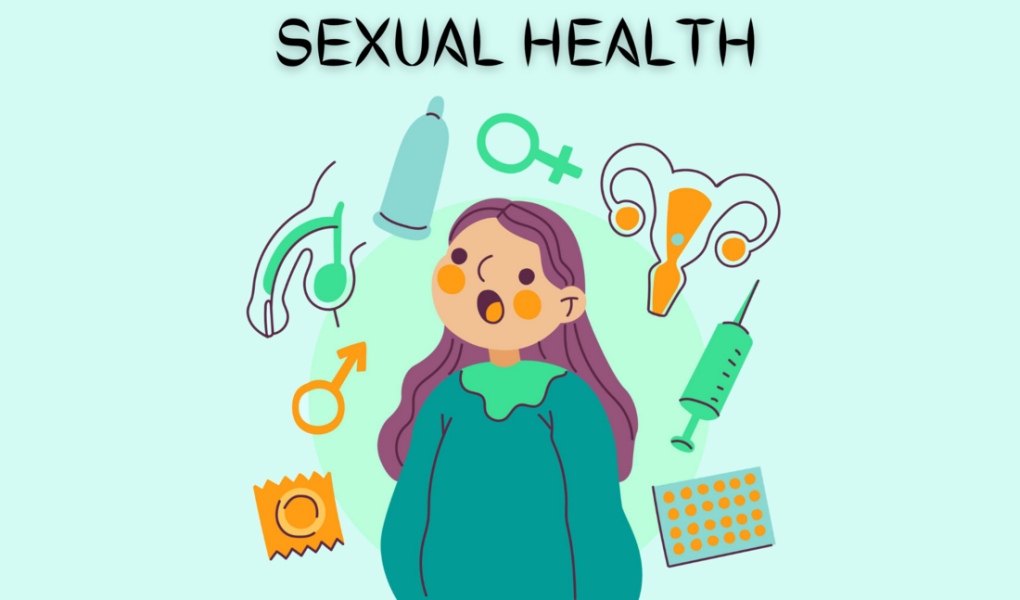Sexually transmitted diseases (STDs), also known as sexually transmitted infections (STIs), can affect anyone who is sexually active. Early detection is crucial to prevent complications, protect your partner(s), and maintain your overall health. Here, we explore the common early symptoms of STDs and provide guidance on what steps to take if you suspect an infection.
Common Early Symptoms of STDs
While some STDs may be asymptomatic in their early stages, others present with clear signs. Below are some common symptoms to look out for:
1. Unusual Discharge
- For women: Unusual vaginal discharge, which may be thick, yellow-green, or foul-smelling.
- For men: Discharge from the penis that is cloudy or yellowish.
2. Burning Sensation During Urination
- A frequent symptom of infections like chlamydia and gonorrhea. Pain or discomfort while urinating could signal an infection.
3. Sores, Blisters, or Rashes
- Genital sores or blisters may indicate herpes or syphilis.
- Rashes around the genitals or other parts of the body could also be a sign of syphilis.
4. Pain During Sex or Pelvic Pain
- Discomfort or pain during intercourse, as well as persistent pelvic pain, can be signs of an underlying infection.
5. Unexplained Bleeding
- Spotting or bleeding outside of a regular menstrual cycle may indicate an infection.
6. Swollen Lymph Nodes or Flu-like Symptoms
- Fever, swollen glands, fatigue, or body aches can occur with certain STDs, such as HIV or syphilis.
7. Genital Itching or Irritation
- Persistent itching, redness, or swelling in the genital area may be linked to infections like trichomoniasis or pubic lice.
What to Do If You Notice Symptoms
1. Seek Medical Attention Immediately
- Visit a healthcare provider as soon as possible for a professional diagnosis. Many STDs can be easily treated when caught early.
2. Get Tested
- Testing is the only way to confirm whether you have an STD. Depending on the symptoms, your doctor may recommend urine tests, blood tests, or swabs.
3. Inform Your Partner(s)
- Open communication with your sexual partner(s) is essential to ensure they also seek testing and treatment if necessary.
4. Follow Your Treatment Plan
- If diagnosed with an STD, adhere to your prescribed treatment regimen. This may include antibiotics, antiviral medications, or other therapies. Do not stop treatment early, even if symptoms improve.
5. Avoid Sexual Activity Until Cleared
- Refrain from sexual contact until your healthcare provider confirms that the infection is fully treated to prevent spreading the infection.
Preventing STDs in the Future
- Use Protection: Consistent use of condoms or dental dams significantly reduces the risk of transmission.
- Regular Testing: Get tested at least once a year, or more frequently if you have multiple partners.
- Vaccination: Vaccines are available for certain STDs, such as HPV and hepatitis B. Speak to your doctor about vaccination options.
- Open Communication: Have honest discussions about sexual health and history with your partner(s).
Conclusion
STDs are a common health issue, but with awareness and prompt action, they can be effectively managed. By recognizing early symptoms and seeking timely medical care, you protect not only your health but also the health of those around you. Remember, there is no shame in prioritizing your well-being—your health matters.






Comments by